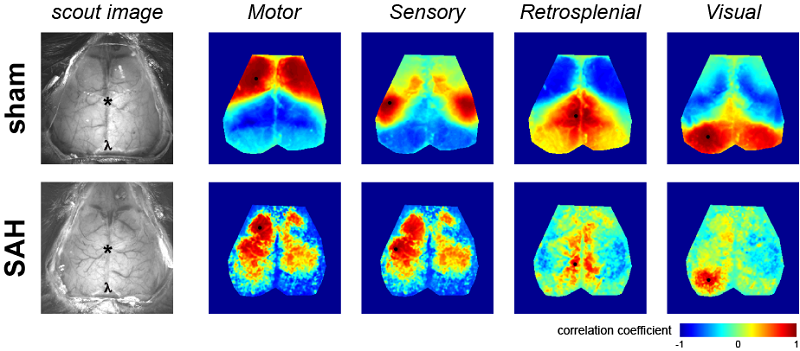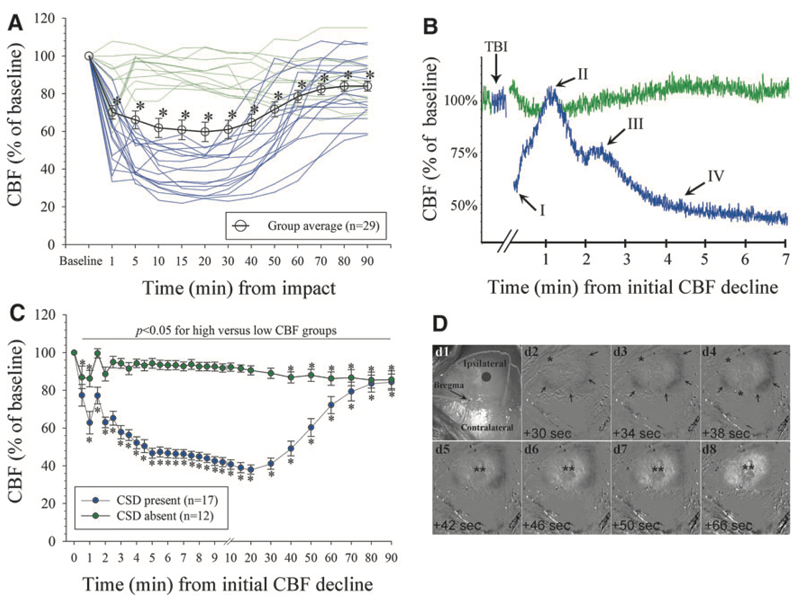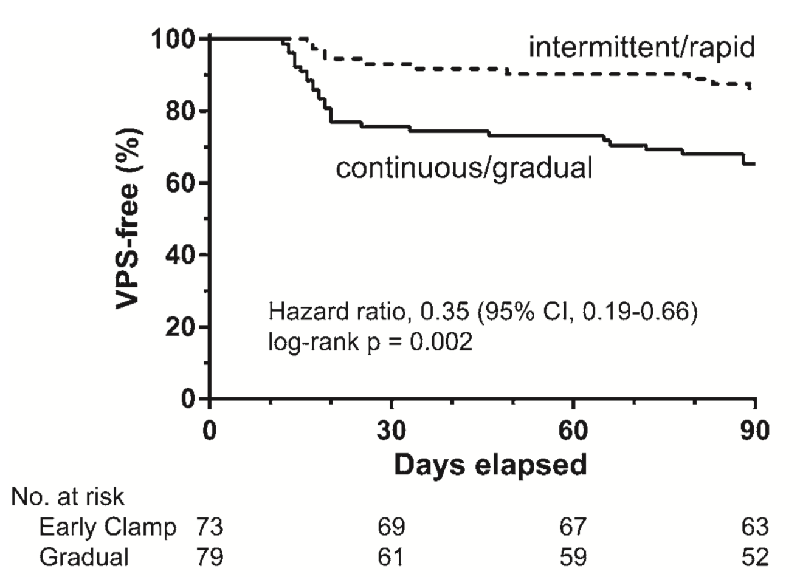NEUROVASCULAR RESEARCH UNIT
Chung Lab: David Chung, MD, PhD
Contact Information
Email: dychung@mgh.harvard.edu
Explore This Lab
Overview
The Chung Lab within the Neurovascular Research Unit uses translational preclinical and clinical research approaches with the ultimate aim of restoring function in people who have suffered brain injury from a ruptured brain aneurysm.
A major barrier to curing disability after a brain aneurysm rupture is that there is not enough known about fundamental causes of poor patient outcome. Therefore, we use animal models of disease to determine which factors are responsible for worse outcomes in the lab.
We also believe that there are areas where the science is mature enough where therapies can be tested in patients. Our ongoing clinical projects seek to optimize outcomes in brain injured patients in the intensive care unit.
To carry out our goals we rely on a multidisciplinary network of investigators within the Neurovascular Research Unit at Harvard Medical School, Massachusetts General Hospital, Boston Medical Center, and other institutions around the country.
Principal Investigator:

David Chung, MD, PhD
Department of Neurology, Massachusetts General Hospital
Assistant Professor of Neurology, Harvard Medical School
Research Projects
Our main disease model is aneurysmal subarachnoid hemorrhage in mice. We have several ways of simulating a brain aneurysm rupture available in the lab, including blood injection, spontaneous aneurysm rupture, and arterial puncture.
Cortical spreading depolarizations as a mechanism of ongoing brain injury after aneurysm rupture
We are investigating the role of an electrical and vascular phenomenon called cortical spreading depolarizations on outcome following aneurysm rupture. Prior work in humans have shown that worse outcomes are associated with the presence of cortical spreading depolarizations; however, it is not known if cortical spreading depolarizations actually cause worse outcomes or if they are simply a result of an already damaged brain. The only way to further understand this relationship is to perform experiments in the lab using non-invasive approaches developed by our group.
Disordered network connectivity as a mechanism of worse cognitive outcomes after aneurysm rupture
We are testing if the strength of network connections within the brain affects cognitive outcomes like memory and decision-making. We use several innovative experimental approaches in mouse models to achieve our goals, including non-invasive optical brain imaging, behavioral tests, tissue outcomes and MRI.

Traumatic brain injury shares common pathophysiological features with ruptured brain aneurysms
Together with our collaborators, we utilize a closed-head injury of traumatic brain injury in mice to determine the role of cortical spreading depolarizations and disordered network connectivity on functional outcomes. The goal of all of these projects is to understand enough about the disease process to develop new therapies that improve outcomes following brain injury.

Critical care management of patients with aneurysmal subarachnoid hemorrhage
We have found that outcomes and length of stay in patients with a ruptured brain aneurysm can be improved by optimizing the management of a catheter used to drain fluid from the brain. We are now leading an ongoing study to test if this drain management approach can be applied to other hospitals.

Support
The Chung Lab is currently supported by the National Institutes of Health (K08NS112601), the Andrew David Heitman Foundation and the Aneurysm and AVM Foundation.
Dr. Chung has received past support from the American Heart Association and American Stroke Association, the Wyss Institute at Harvard University, and the Timothy P. Susco and Andrew David Heitman Foundation Chairs of Research from the Brain Aneurysm Foundation.
Donor support helps advance science and enhance patient care. If you would like to make a gift to the Chung Lab, please visit giving.massgeneral.org, check the box to designate your gift to a specific area and note “Chung Lab.” You can also contact Elizabeth Barberio at ebarberio@partners.org or 617-643-9703 for more information.
Publications
See publications from the Chung Lab at Massachusetts General Hospital.
Neurology Research at Mass General
Explore current research projects in the Department of Neurology or search our open clinical trials and medical research studies.
